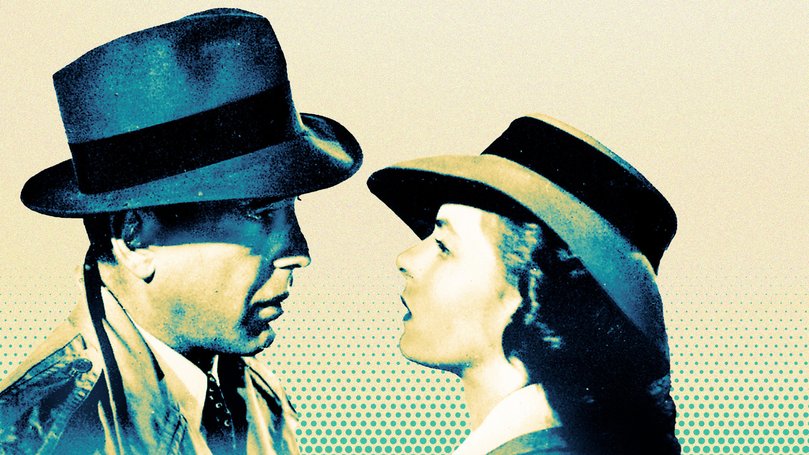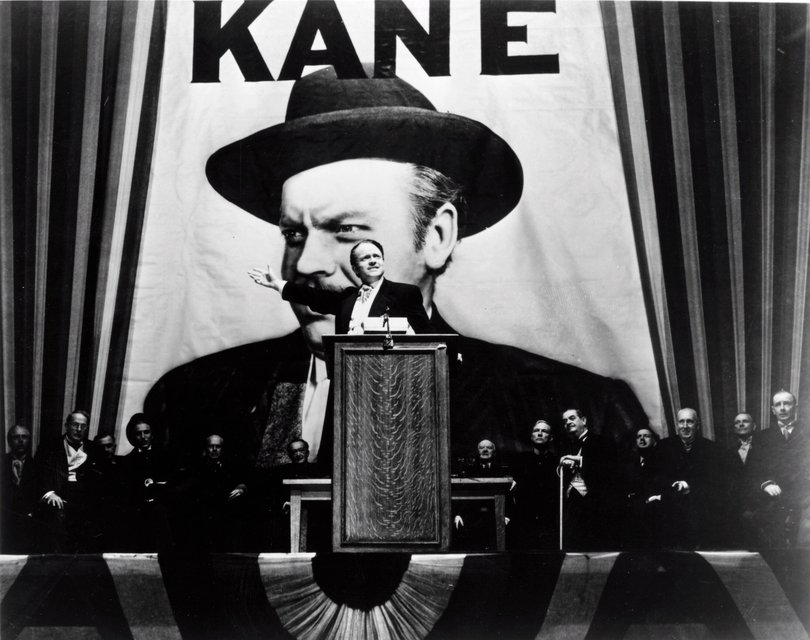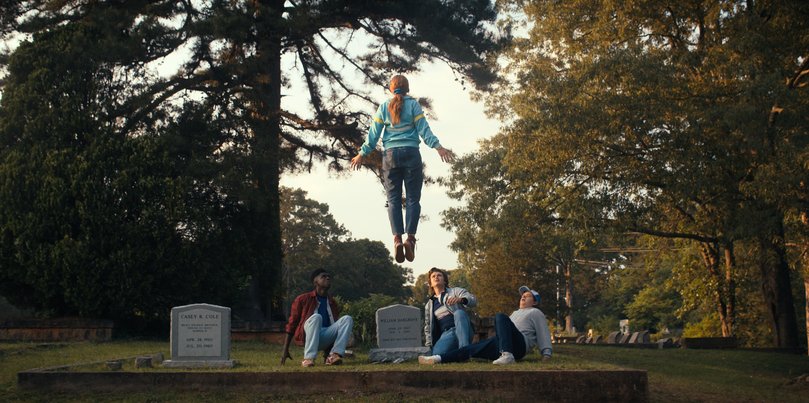Netflix and streaming libraries have incredibly short memories

If you ever find yourself saying these words again, “That was before my time”, stop. It’s a cop-out.
We should have higher expectations of ourselves and everyone around us to be more curious about that what came before us.
There’s no pride in not knowing what a rotary phone or cassette tape is. It doesn’t give you a sheen of laissez-faire cool, it just makes you wilfully ignorant.
Sign up to The Nightly's newsletters.
Get the first look at the digital newspaper, curated daily stories and breaking headlines delivered to your inbox.
By continuing you agree to our Terms and Privacy Policy.No Gen Y-ers grew up using gramophones, but still knew what they were.
There’s a great visual gag in the Freakier Friday movie in which Lindsay Lohan, playing the teenage Harper after a body swap, is told to run to her fiancé (portrayed by Manny Jacinto) while practising the Dirty Dancing lift. But instead of into his arms, she sprints past him and out the door. Harper, as a highschooler in 2025, apparently doesn’t know Dirty Dancing.
It’s funny as hell, but once the laughter peters out, it’s just sad, because it’s true. In a fractured society where everyone’s individual tastes silo them in their own little worlds, we lose the connectivity of collective cultural memory, at least in the western world.
This isn’t generation-bashing, or not only generation-bashing, because it’s not entirely the fault of the youth.

You might’ve grown up popping down to Video Ezy and picking up five weekly rentals for $5 or watching Back to the Future Part II on a Friday night when it re-ran for the umpteenth time. Gen Z-ers did not.
It may have seemed like yesteryear meant limited choices dictated by the availability of your nearest rental shop, library or free-to-air programmers, but on those shelves and in those TV guides were classics and hidden gems.
In most rentals, you could reliably find Casablanca, Seven Samurai, The Godfather, A Clockwork Orange, Dog Day Afternoon, Picnic at Hanging Rock, The Graduate and La Dolce Vita. There were also specialty joints that, if they didn’t have it on hand, could track down the most obscure Hungarian film from 1957.
It might seem as if the internet provides access to everything ever, but it doesn’t – and the ubiquity and dominance of streaming services have eliminated offline alternatives. Most Australian cities have zero rental shops left.
It’s not just that many films and TV shows, even unexpected ones such Bring it On, are not licensed for streaming or digital rental and purchase, currently or ever, it’s that streaming giants have very short memories.
Reelgood released data this month of the “age” of streaming libraries in the US and the results are embarrassing.

In Netflix’s American library, fewer than 10 per cent of its movies and TV shows are older than 2010. That’s right. More than nine of out 10 titles on Netflix were produced in the past 15 years, that’s not even the whole of the 21st century.
More than 75 per cent of the library was produced in the past five years. Five years. Let that sink in. That translates to only one in four titles were released before Covid.
The stats were better for its US rivals including Disney, HBO Max, Prime Video, Paramount+ and Hulu, but no one had a majority of TV shows and movies that were older than 15 years.
So, the likelihood of a teenager being served Dirty Dancing by their algorithm was pretty slim. It was great that young people went gaga over Kate Bush’s Running Up That Hill after it was used in Stranger Things, but why didn’t they already know that song?

The zeroes and ones have a vast influence on what people are watching or listening to, whether on a streaming service or a social media platform or on Spotify – and it’s a self-perpetuating cycle designed to keep you either locked into your own singular tastes or sampling the same one per cent of culture that gets pushed.
There is no commercial benefit to tech companies to invest in helping you discover older things if it knows you’ll just keep pressing play on the top 10 list of whatever they’ve already paid for.
It’s great that people can deep dive into something they’re passionate about, and the increased accessibility of subcultures obviously have their benefits because culture can’t be a monolith either. But there should be width as well as depth.
Culture is foundational, it builds on what came before, and it’s something we can share in, and watching, reading and listening outside of our experience and perspective expands our empathy and understanding of the world and those different to us.
It also triggers curious minds to ask, for example, what was the historical context behind all that rage and disenfranchisement in Dog Day Afternoon.
It doesn’t mean we have to all have the exact same reference points, but it helps us to connect to each other when we can all laugh at the same The Simpsons episode that pays homage to Citizen Kane.
But you have to at least know Citizen Kane exists.

